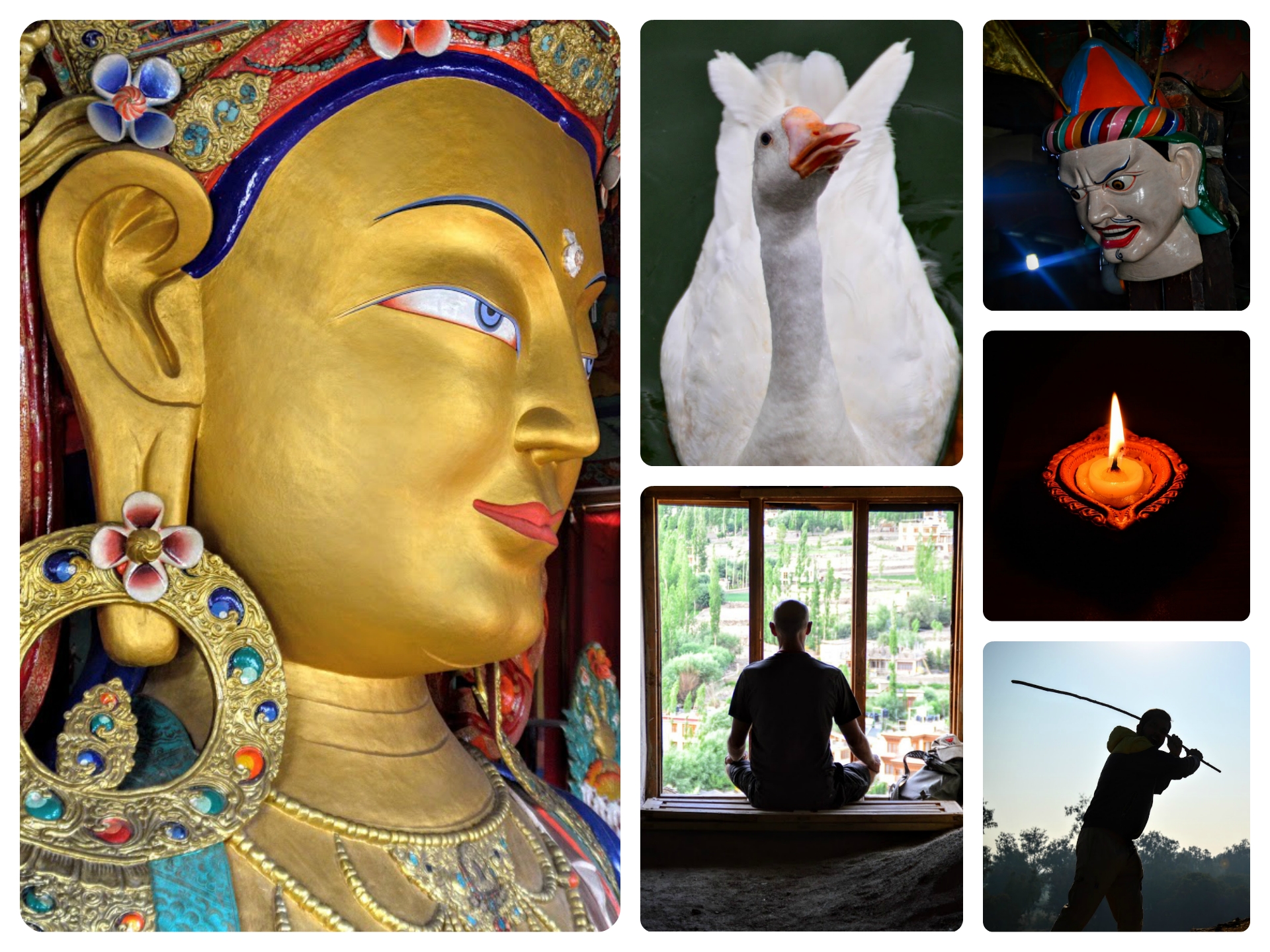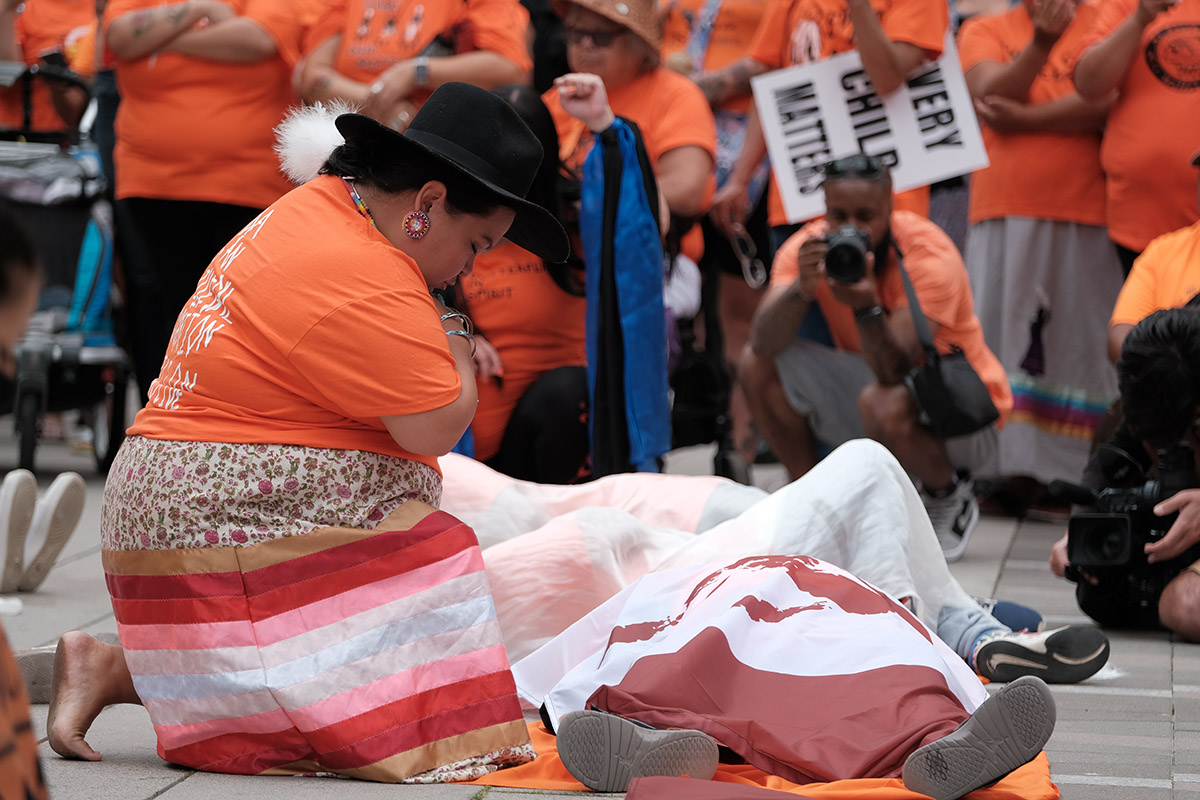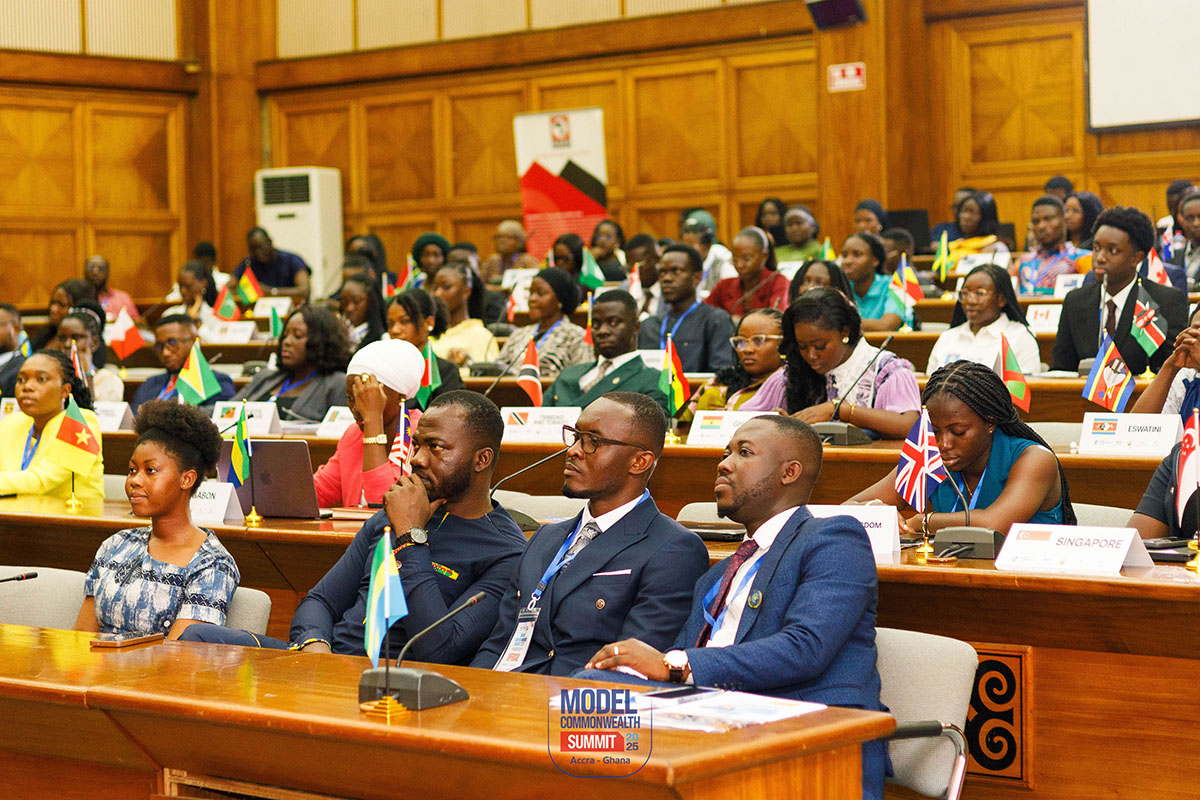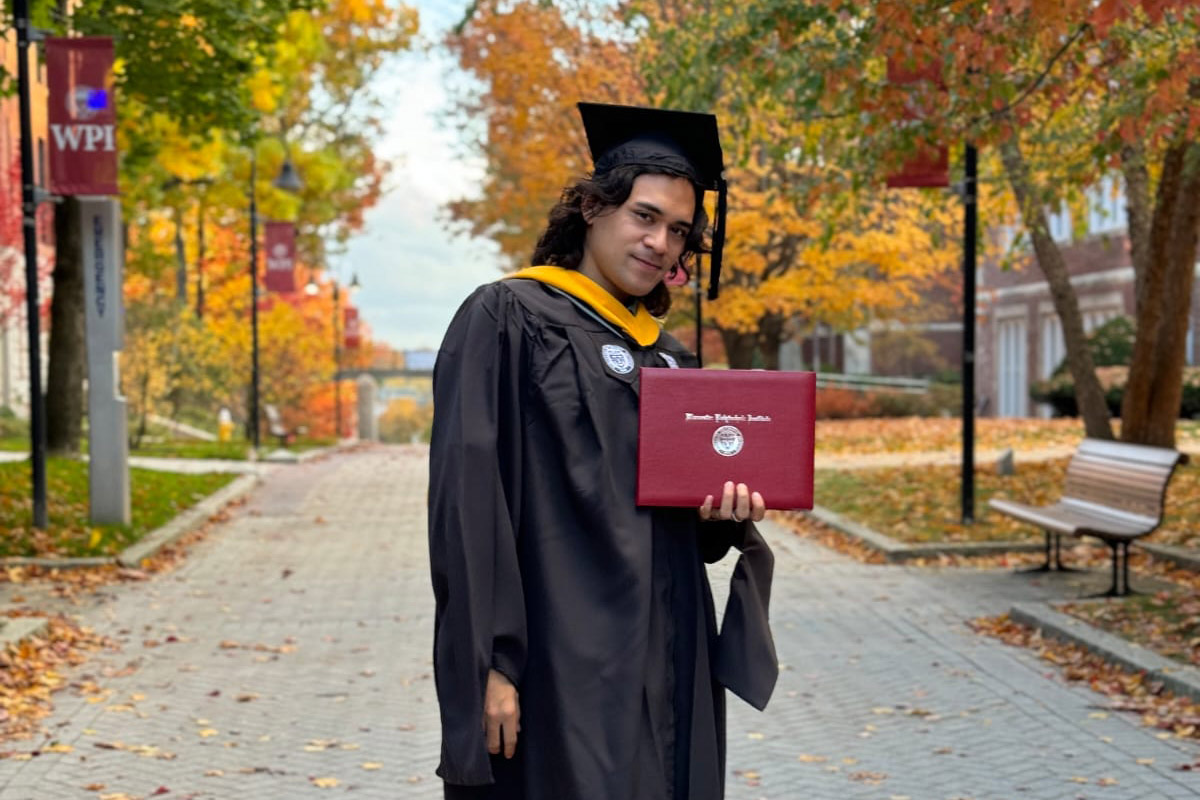“Consensus around the idea of peace”
August 4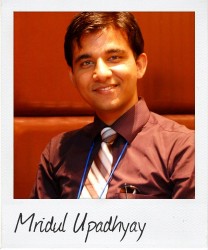 History books focus on wars and conflicts but give little space to peace, writes Mridul Upadhyay, 24, a Commonwealth Correspondent from New Delhi, who notes that peace is valued but is poorly defined and difficult to achieve.
History books focus on wars and conflicts but give little space to peace, writes Mridul Upadhyay, 24, a Commonwealth Correspondent from New Delhi, who notes that peace is valued but is poorly defined and difficult to achieve.
Our history books are filled with dates related to wars, raids, massacre and change in dynasties. In history, peace has a small space only in religious teachings, and that too was not followed religiously.
Also, we considered the periods between war-related destruction as peaceful. The more the developed cities and architecture during a dynasty reign, the more the region was considered peaceful.
Surprisingly, we never had a single definition of peace in the past. Even many famous intellectuals wrote about peace in negative terms. They didn’t value peace; they glorified wars and argued that only war can lead to growth. Wars were considered as goal achievements and thus heroic. The seeming consensus around the idea of peace is a relatively recent phenomenon.
Only in most recent centuries have historians given value to the lives of common people and started collecting related knowledge. And so the meaning and value of peace was assessed in a better ways over these few years. Though we do not know the proper definition of peace, talking about peace is a new popular trend. Every constitution, treaty, textbook, journal, social academician, journalist, change-maker, politician, and industrialist relates something or other with peace.
The desirability of pursuing peace is rarely questioned. The destructive face of fascism, Nazism, terrorism, world wars, and partition riots in history has taught us the meaning of peace. Such tragic conflicts and absence of peace haunt us.
Still, wars, terrorism, and riot related stories are very common in our daily news, meaning that if we consider ourselves as liberal or peaceful than in the past, we might be wrong. We carry more anger and means of mass destruction than ever in the history. Not only national security, oppression, the demand for rights, but also road rage, parking space, land matters, even movie screening may lead to disagreements. Individuals and society may express themselves through open conflict, violence, and killings.
It may be argued that tyranny can be prevented only by being forcibly removed, or that liberation struggles of oppressed people can be justified even though they may use violence. But history has several examples which show that use of violence can never lead to a long-term peaceful future. Once deployed, vilence tends to spin out of control, leaving behind a trail of death and destruction. So the idea of fighting the oppressors by using indiscriminate violence is both unethical and extremely risky.
The pacifists, who consider peace to be a supreme value, take a moral stand against the use of violence, even for attaining just ends. They, too, recognise the need to fight oppression. However, they advocate the mobilisation of love and truth to win the hearts and minds of the oppressors. History also has champions of peace, both in the spiritual and secular domains, such as Mahatma Gandhi and Goutam Buddha. Several age-old spiritual principles such as compassion, and practices like meditation are considered to achieve peace of mind.
So as to our understanding of peace in history, it would be defined as the absence of violent conflict of all kinds including war, riot, massacre, assassination, or simple physical attack. It would include structural violence, such violence arising from caste hierarchy, class disparity, patriarchy, colonialism, and racism/communalism. Peace is the harmonious coexistence of contented people. It can never be achieved once and for all. Peace is not an end-state, but a process involving an active pursuit of the moral and material resources needed to establish human welfare in the broadest sense of the term.
Reference: National Council of Educational Research and Training (NCERT) Publication
Reach me on Twitter @Mridul_upadhyay
Photo credit: Mridul Upadhyay
…………………………………………………………………………………………………
About me:
A thinker, a social volunteer, a mechanical designer, a theater artist, a guitar player, a lyrics-writer, an amateur sketch artist, a cook, a traveler, a wannabe civil servant – there are many phrases I enjoy trying on me to describe what I see myself as.
…………………………………………………………………………………………………
Opinions expressed in this article are those of the author and do not necessarily represent the views of the Commonwealth Youth Programme. Articles are published in a spirit of dialogue, respect and understanding. If you disagree, why not submit a response?
To learn more about becoming a Commonwealth Correspondent please visit: http://www.yourcommonwealth.org/submit-articles/
…………………………………………………………………………………………………
